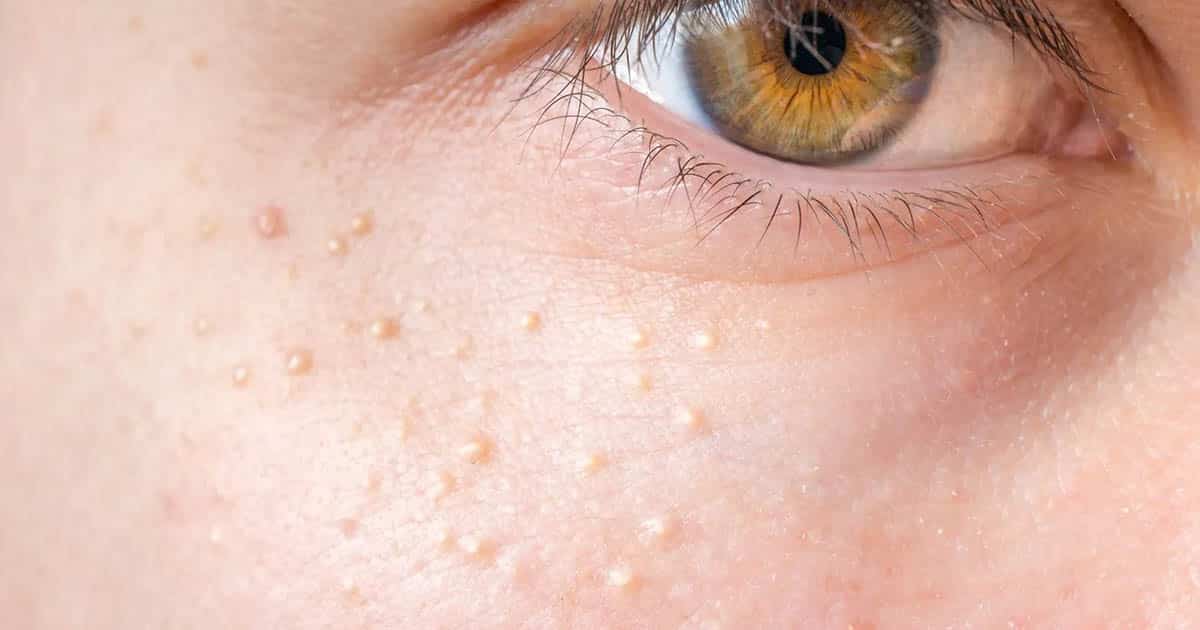Avoiding Exposure
1 Watch Others Work.
Watch Others Work. If you are new to a workplace, one way of becoming familiar with it quickly is by watching other representatives, particularly long-serving veterans in similar industries, work. Take note of what steps they take to avoid contact with allergens, or watch their actions when taking risks; before going undercover yourself you could also inspect if their skin came into contact with substances and decide for yourself whether you need to alter cycles, replace substances (when possible) or utilize additional local protective gear.
2 Eliminate Allergens
If you suspect contact dermatitis or have concerns over exposure to certain substances in the workplace, take steps to eliminate or limit them as much as possible. Your manager should have strategies in place for controlling contact with harmful materials – like those established through OSHA (Occupational Safety and Health Administration).
3 Adjust Your Workspace
If allergens and hazardous specialists cannot be completely removed from the workplace, steps should be taken to either adapt it or remove their threat altogether. Here are several measures which could help.
- Specialized measures. Adopting specific methodologies that can segregate specialists from one another, for instance encasing destructive specialists with another substance or channeling unsafe specialists through an exhaust fan.
- Hierarchical Measures. In certain work environments, only representatives who have demonstrated proficiency working alongside specialists are permitted to carry out specific undertakings within that workplace environment, which serves to limit potential danger of openness among other representatives in that working environment.
- Individual measures. Simply increasing the quantity and quality of personal protective equipment (PPE) representatives wear may help limit exposure to allergens. For instance, facial coverings can limit their exposure to harmful fumes or vapor from harmful agents.



